La verità sulle batterie delle biciclette elettriche: Sfatare i miti e proteggere l'investimento
Le biciclette elettriche (o e-bike) sono diventate una vista familiare sulle strade cittadine, sui sentieri di campagna e persino sui sentieri di montagna. La loro crescita di popolarità non è casuale: combinano gli spostamenti ecologici con la comodità e l'efficienza. Ma se vi state avvicinando al mondo delle biciclette elettriche, scoprirete subito che c'è un argomento che suscita più confusione: batterie. Tra forum, amici e venditori, potreste sentire consigli obsoleti, fuorvianti o semplicemente sbagliati.
Ho vissuto personalmente questo viaggio. Durante la ricerca della mia prima e-bike, ho creduto a diversi cosiddetti "fatti" sulle batterie che si sono rivelati dei miti. Questi errori mi sono costati tempo, energia e quasi denaro. Per evitare a voi la stessa frustrazione, esaminiamo i seguenti aspetti Le cinque più grandi bugie sulle batterie delle biciclette elettrichecapire cosa conta davvero e imparare a fare le scelte migliori per il proprio stile di guida.
Mito #1 - "Tutte le biciclette elettriche Batterie Sono fondamentalmente uguali".
Questo non potrebbe essere più lontano dalla verità. Le batterie per e-bike variano notevolmente e queste differenze hanno un impatto diretto sulla vostra guida. Dalla tensione alla qualità, ogni fattore influenza la distanza, la fluidità e la sicurezza della pedalata.
- Tensione (V): La maggior parte delle biciclette elettriche utilizza sistemi da 36V o 48V. Un voltaggio più elevato può garantire una guida più energica e una migliore scalata delle colline, ma non significa automaticamente una migliore autonomia.
- Capacità (Ah e Wh): Gli ampere-ora (Ah) misurano la corrente disponibile, ma la vera chiave è rappresentata dai watt-ora (Wh). Questo valore è calcolato da Tensione × Ah e indica l'energia totale immagazzinata dalla batteria.
- Qualità delle cellule: Produttori affidabili come Panasonic, LG o Samsung forniscono celle costanti e durature. Le celle di qualità inferiore possono degradarsi più rapidamente e causare cali di potenza inaspettati.
- Sistema di gestione delle batterie (BMS): Questo software agisce come "guardiano" della batteria, impedendo il surriscaldamento, il sovraccarico e le scariche profonde.
Esempio del mondo reale: Due batterie da 36 V possono sembrare uguali, ma se una è da 7Ah (252Wh) e l'altra da 14Ah (504Wh), le loro portate saranno completamente diverse.
Mito #2 - "È necessario scaricare completamente la batteria prima di caricarla".
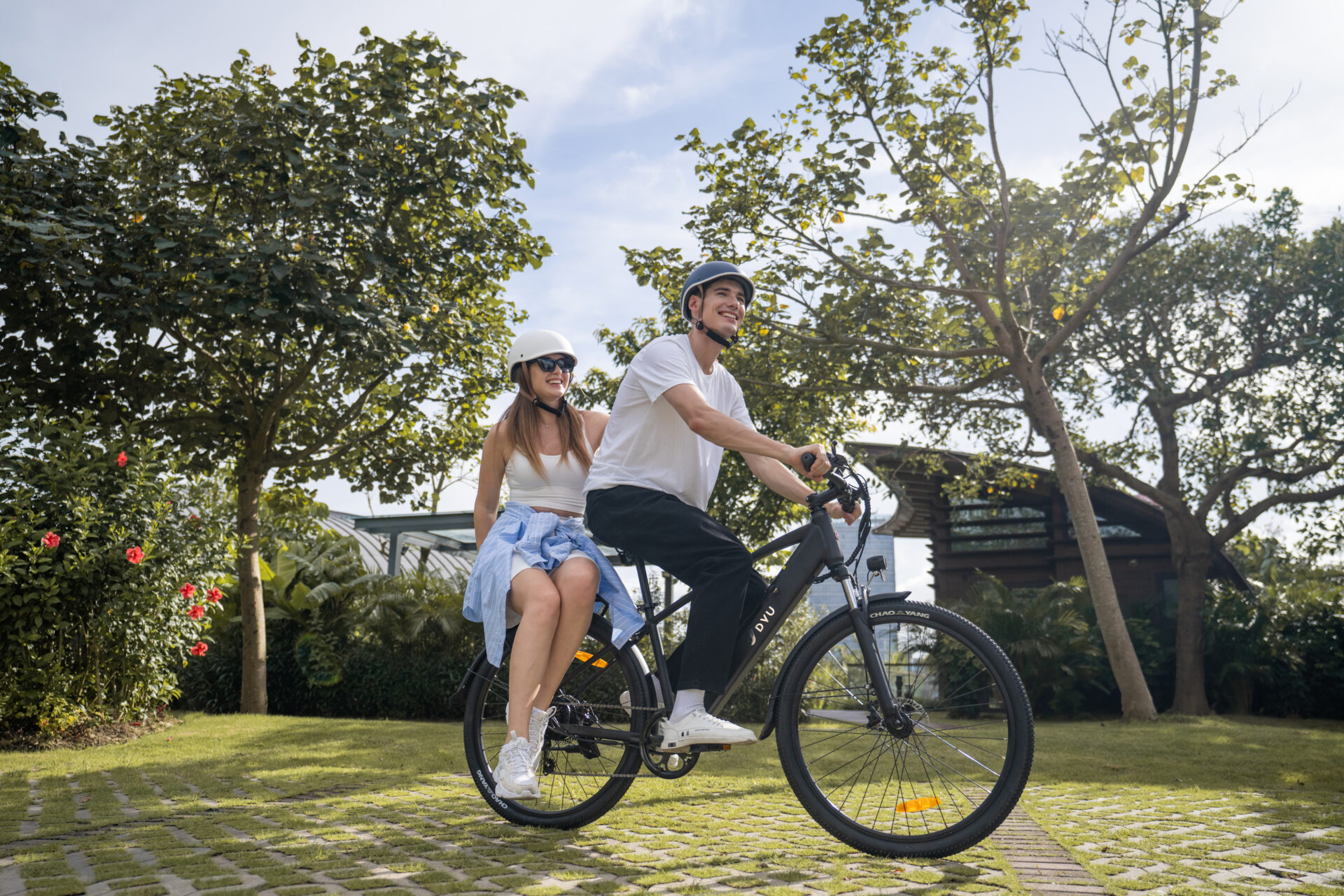
Si tratta di un vecchio mito legato alle batterie al nichel-cadmio, che soffrivano di "effetto memoria". Le odierne batterie agli ioni di litio non hanno questo problema. Anzi, svuotarli completamente può causare danni reali.
Perché è importante: Ogni ciclo di scarica completa affatica le celle, riducendo la loro capacità di mantenere la carica nel tempo. Mantenere la batteria carica invece di svuotarla contribuisce a prolungarne la durata.
Le migliori pratiche: Collegare la spina dopo la corsa, anche se si è utilizzato solo 30-40%. Evitate di lasciarla vuota per lunghi periodi e vedrete la vostra batteria durare anni in più.
Mito #3 - "Più potenza significa sempre più velocità".
Sembra logico: batteria più grande, bici più veloce. Ma non è così che funzionano le biciclette elettriche. Nel Regno Unito e nella maggior parte d'Europa, le biciclette elettriche a pedalata assistita sono legalmente limitate a 25 km/h (15,5 mph). Indipendentemente dalle dimensioni della batteria, la velocità massima non cambierà, a meno che non si utilizzi un modello fuoristrada o con limitazioni.
La verità: Maggiore capacità della batteria significa maggiore portatanon una maggiore velocità. Una batteria da 500Wh consente di andare molto più lontano di una da 250Wh, ma la velocità massima è sempre la stessa.
Mito #4 - "È possibile utilizzare qualsiasi caricabatterie con la batteria della bicicletta elettrica".
Questo può essere pericoloso. I caricabatterie si assomigliano, ma non sono universali. Collegando un caricabatterie incompatibile si rischia il surriscaldamento, il cortocircuito o addirittura l'incendio.
Regola d'oro: Utilizzare sempre il caricabatterie fornito dal produttore o un ricambio approvato con le stesse specifiche. Se non siete sicuri, controllate il manuale della vostra bicicletta prima di acquistarlo.
[button size="medium" style="primary" text="DYU Charger" link="https://voltbike.co.uk/product/dyu-charger/" target=""]
Mito #5 - "Per ottenere la massima autonomia è necessario caricare sempre a 100%".

È naturale desiderare un "serbatoio pieno" prima di ogni corsa. Ma sorprendentemente, mantenere la batteria costantemente a 100% stressa le celle e ne accelera l'invecchiamento.
Cosa consigliano gli esperti: Mantenete la batteria tra 20% e 80% per la maggior parte del tempo. Caricate al massimo solo quando avete davvero bisogno di ogni chilometro di autonomia, ad esempio durante un lungo viaggio nel fine settimana.
Come scegliere la batteria per biciclette elettriche più adatta alle vostre esigenze
Non esiste una soluzione unica per tutti. La batteria migliore dipende da come e dove si pedala. Ecco una guida rapida:
| Fattore | Cosa considerare | Esempio |
|---|---|---|
| Distanza giornaliera | Abbinare la capacità alla lunghezza del tragitto | Percorso di 10 miglia? Una batteria da 360Wh potrebbe essere sufficiente |
| Stile di guida | Pedaliera e acceleratore | L'acceleratore scarica la batteria più velocemente |
| Terreno | Pianura o collina | Le colline richiedono più potenza |
| Portabilità | Batteria rimovibile o fissa? | La rimovibilità è più facile per chi vive in appartamento |
| Peso e dimensioni | Impatti trasporto e stoccaggio | Più piccolo = più leggero ma con meno autonomia |
In caso di dubbio, guardare Wattora (Wh). Più Wh = corse più lunghe, ma anche più peso. Bilanciare comfort e praticità.
Per il confronto tra i modelli, questo sito di recensioni è una risorsa eccellente con test reali ed esperienze di guida.
Suggerimenti finali per la salute e la sicurezza delle batterie
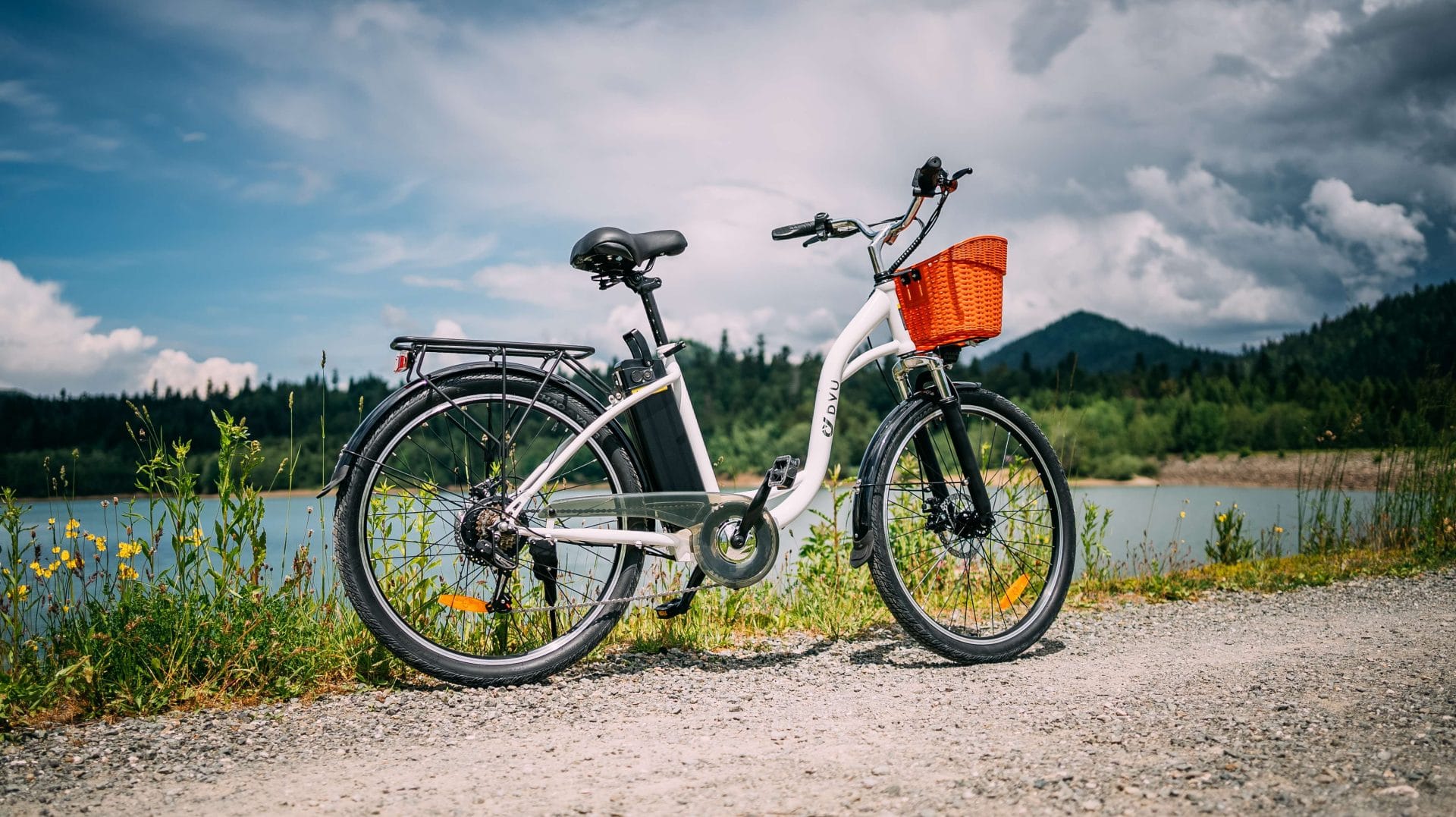
- Evitare le temperature estreme: Il calore e il gelo riducono le prestazioni della batteria.
- Non sovraccaricare la notte: Scollegare la spina una volta piena, anche se il caricabatterie è dotato di protezioni.
- Carica in un punto sicuro: Utilizzare una superficie rigida e non infiammabile dove poterla controllare di tanto in tanto.
- Monitoraggio dell'invecchiamento: Una diminuzione dell'autonomia o un calore insolito sono segni che la batteria potrebbe dover essere sostituita.
Perché capire la batteria fa la differenza
Quando si conoscono i fatti, è possibile:
- Risparmiate denaro evitando sostituzioni di scarsa qualità.
- Prolungare la durata della batteria con abitudini più intelligenti.
- Scegliete la bicicletta giusta per il vostro stile di vita e il vostro terreno.
- Guidate in tutta tranquillità, sapendo che state caricando in modo sicuro.
La batteria è il cuore della vostra e-bike: trattatela bene e vi ricompenserà con anni di prestazioni affidabili.
Agisci!
State pensando di acquistare la vostra prima e-bike? O magari di aggiornare la vostra attuale configurazione? Iniziate con una domanda: Cosa vi serve di più: portabilità, autonomia o potenza?
Ricordate: la batteria migliore non è la più grande o la più costosa. È quella che si adatta alle vostre abitudini di guida. Che si tratti di brevi spostamenti in città o di avventure in campagna che durano tutto il giorno, c'è una batteria che si adatta perfettamente.
Per ulteriori letture e confronti, consultare il sito:
- Recensione della bicicletta elettrica - Specifiche e valutazioni testate dagli utenti.
- Guida alle biciclette elettriche di Cycling Weekly - Consigli pratici sul ciclismo nel Regno Unito.
FAQ
Le batterie delle e-bike sono tutte uguali?
No, variano per tensione, capacità, qualità e sistemi di gestione.
Devo scaricare completamente la batteria prima di caricarla?
No. Le batterie agli ioni di litio funzionano meglio quando vengono caricate regolarmente, anche parzialmente.
Una batteria più grande rende la mia e-bike più veloce?
No. Aumenta solo l'autonomia. La velocità è limitata dalla legge e dalla progettazione del motore.
Posso utilizzare qualsiasi caricabatterie con la mia batteria?
No. Attenersi al caricabatterie approvato dal produttore per evitare danni o rischi di incendio.
Devo sempre caricare a 100%?
Non necessariamente. La ricarica parziale (20-80%) contribuisce a prolungare la durata della batteria nel tempo.
Conoscere la batteria della vostra e-bike non significa solo risparmiare denaro, ma anche pedalare più a lungo, in sicurezza e con fiducia. Buon ciclismo!

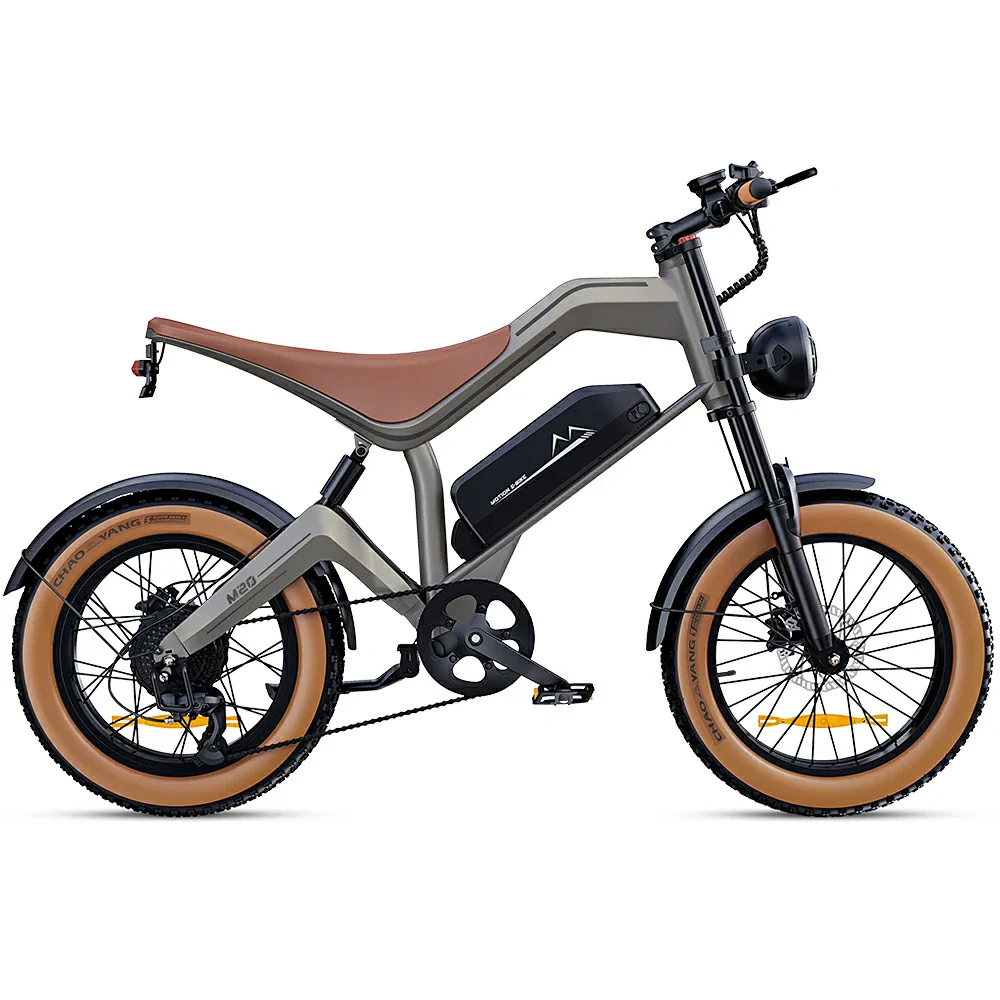
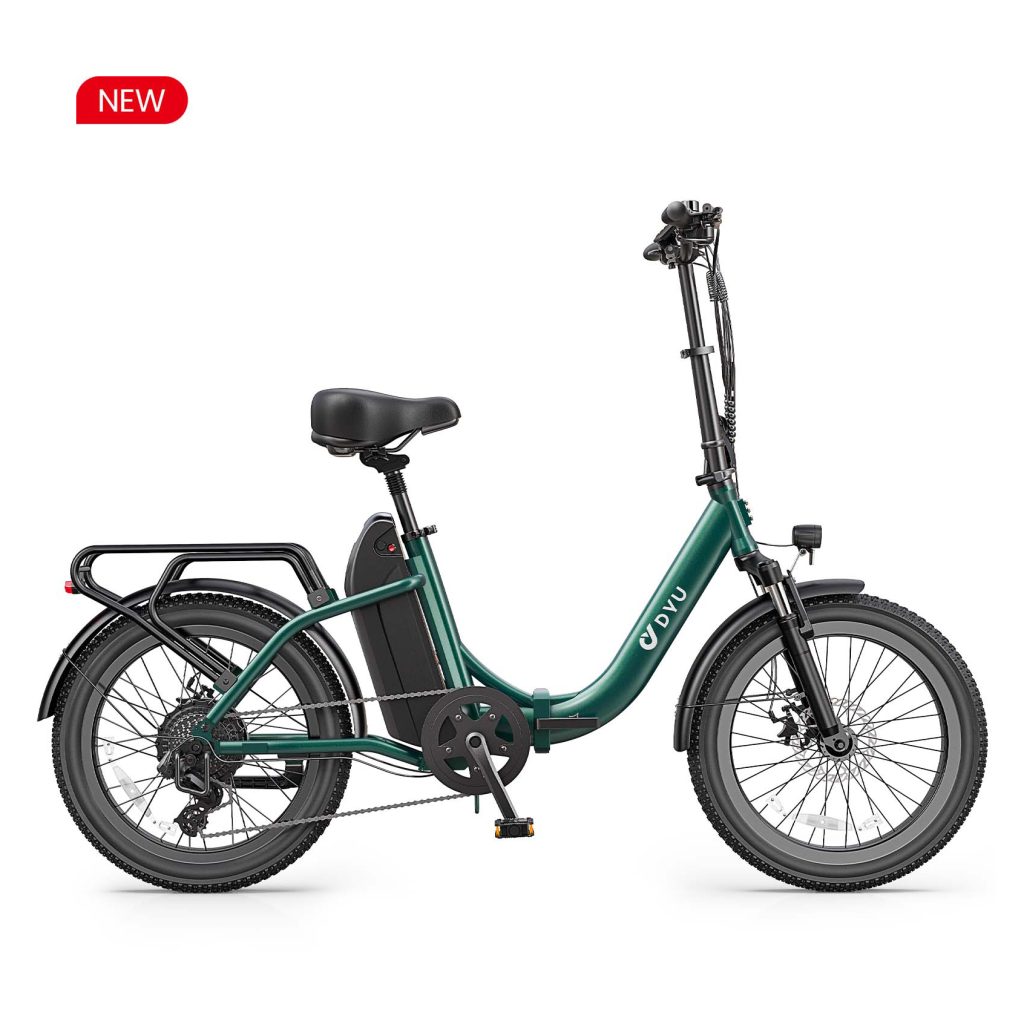
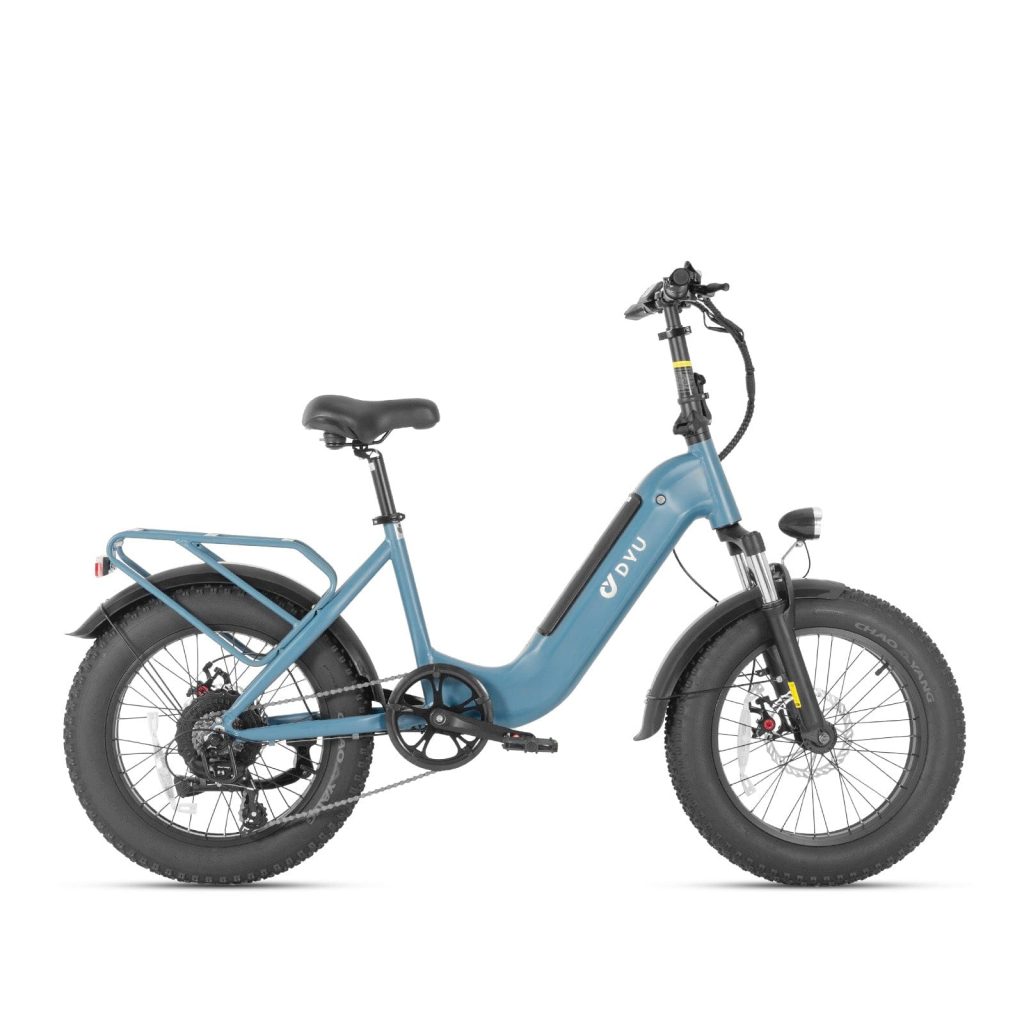
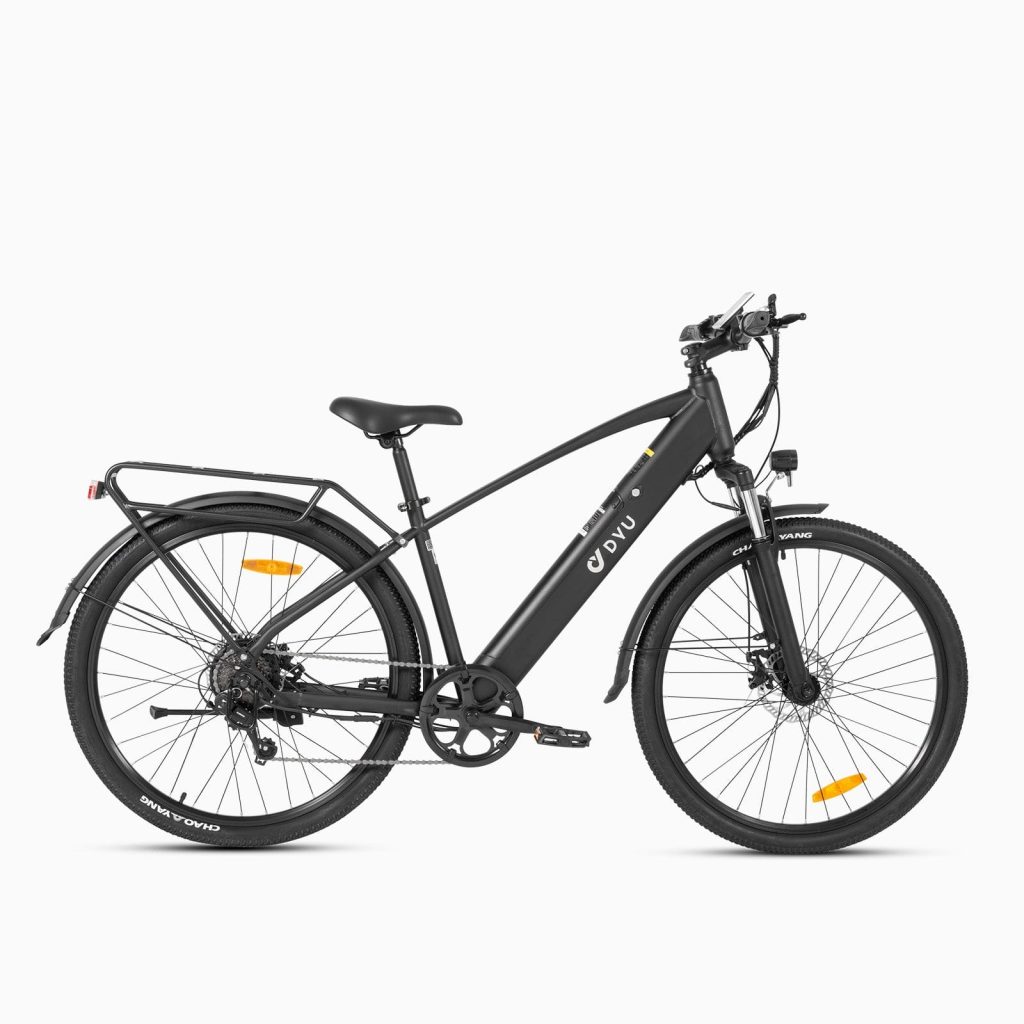
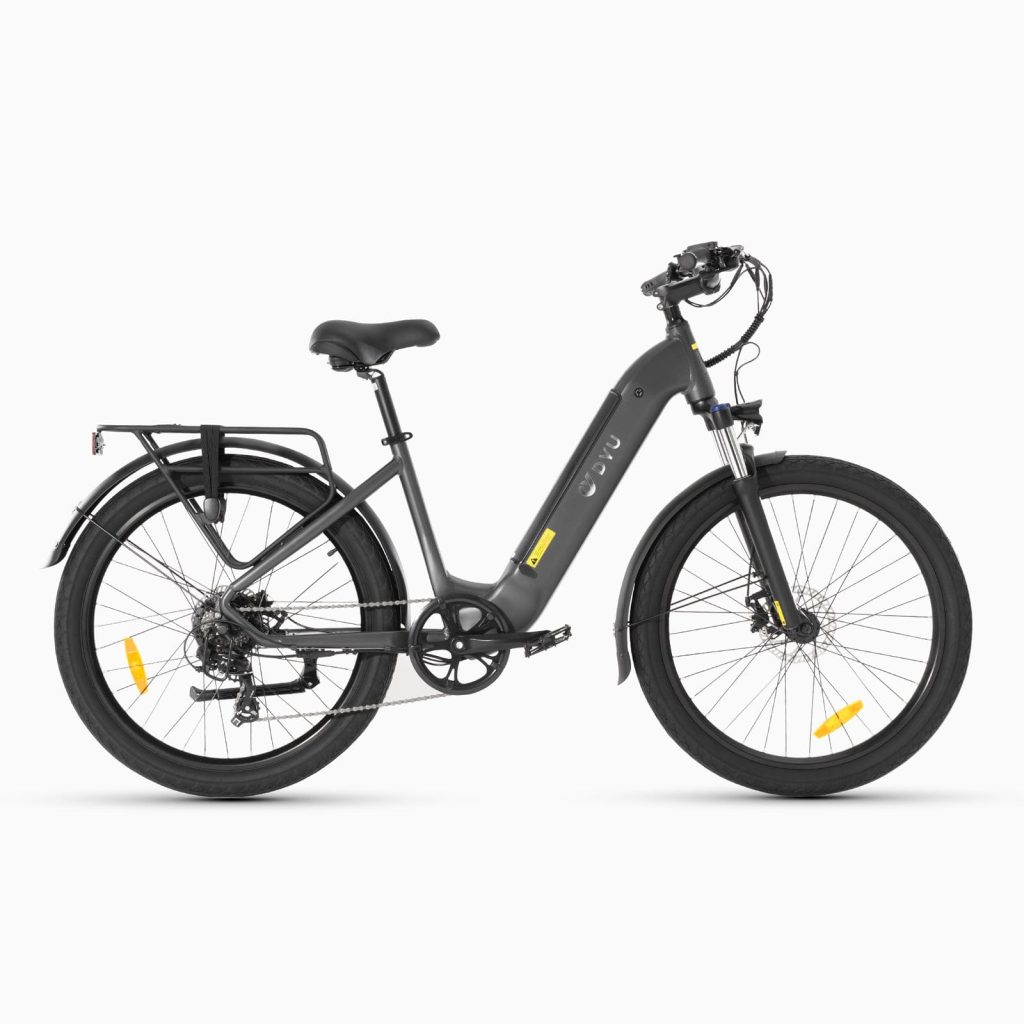
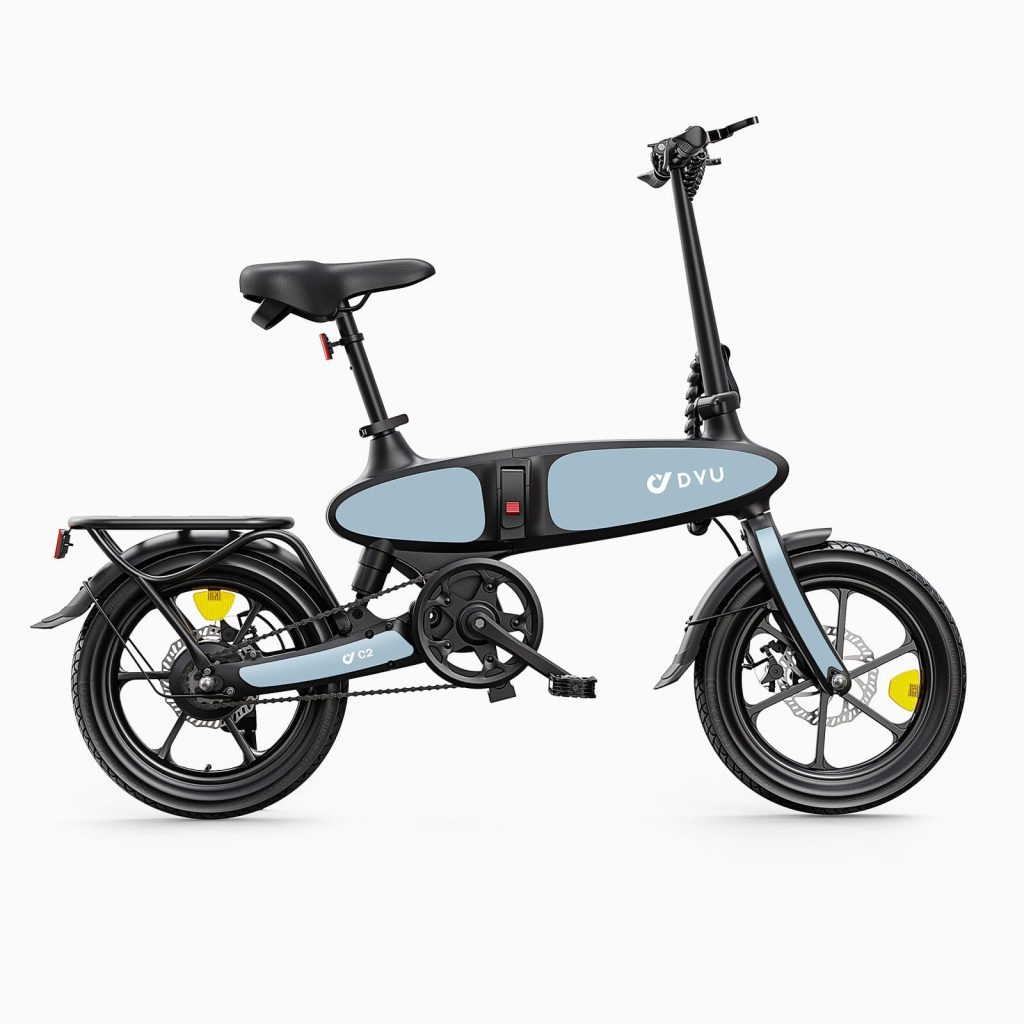
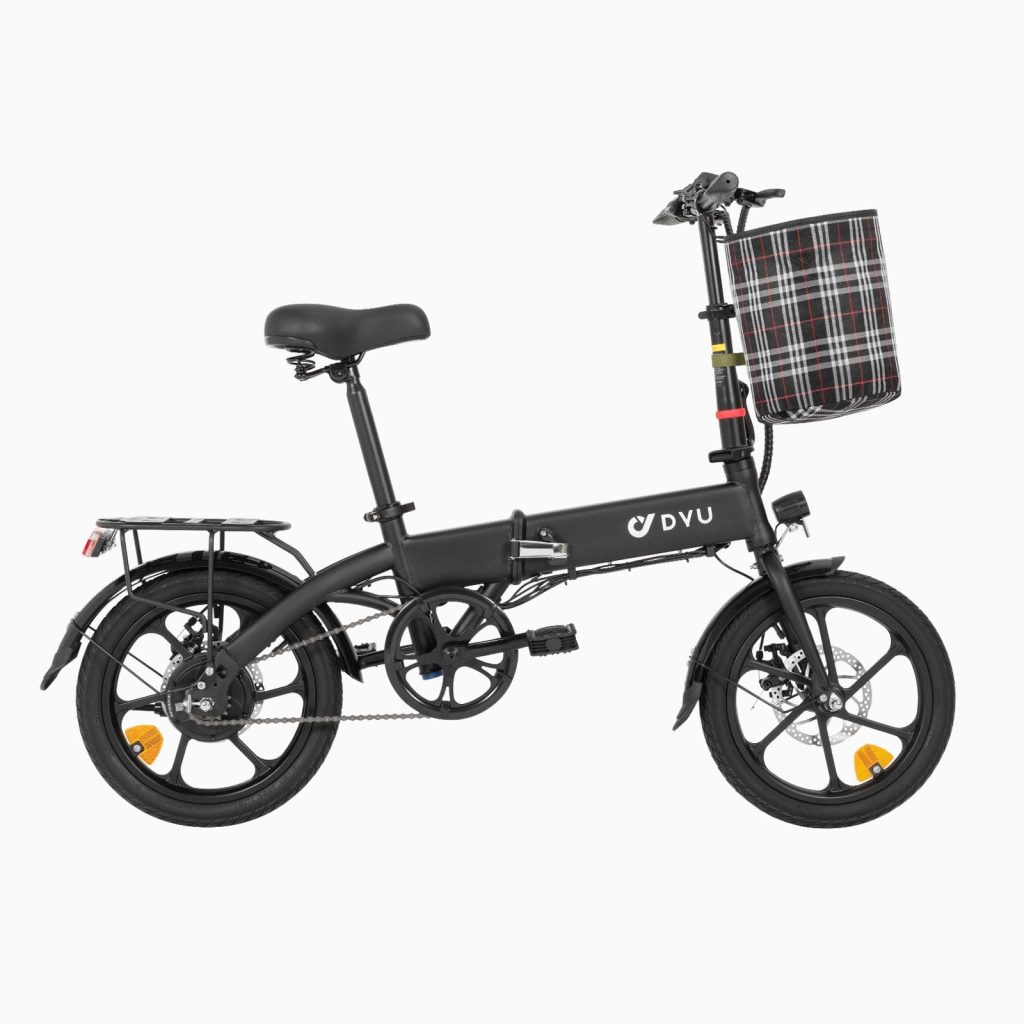
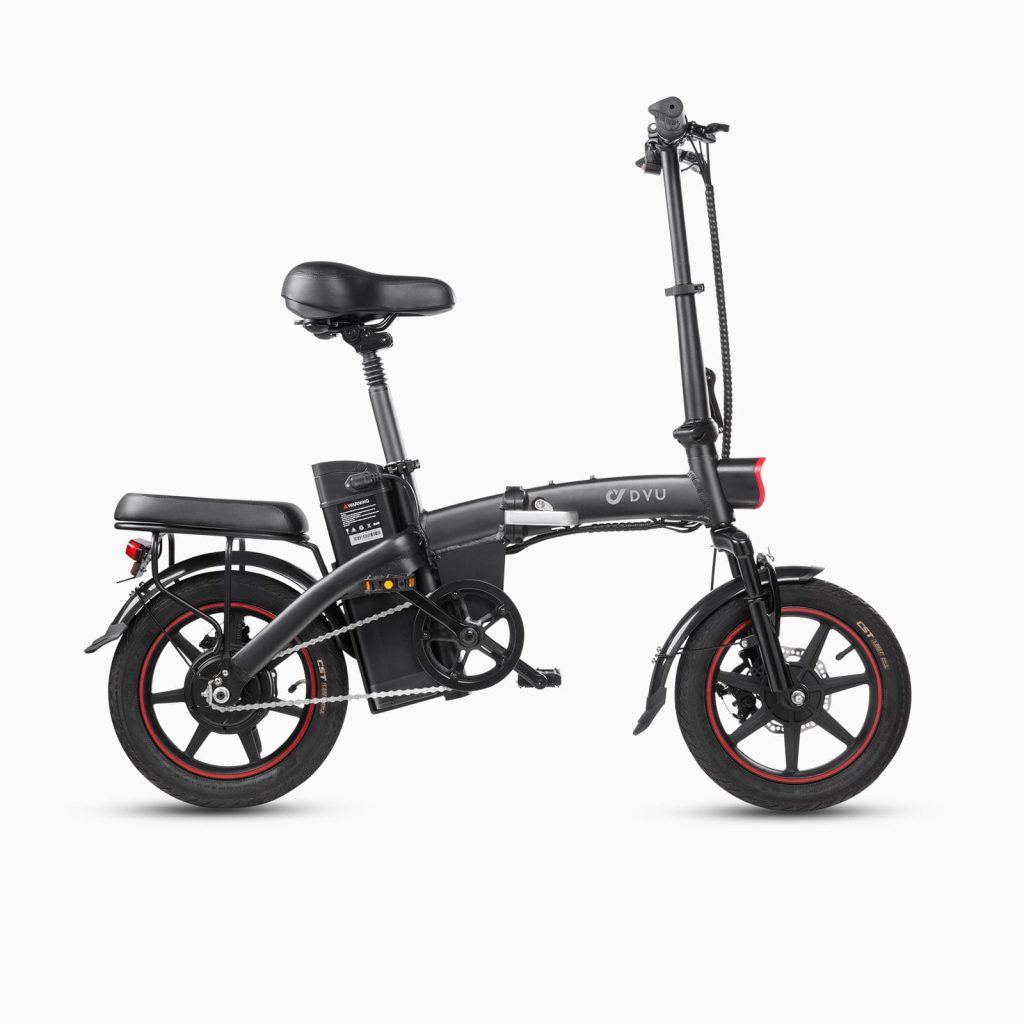

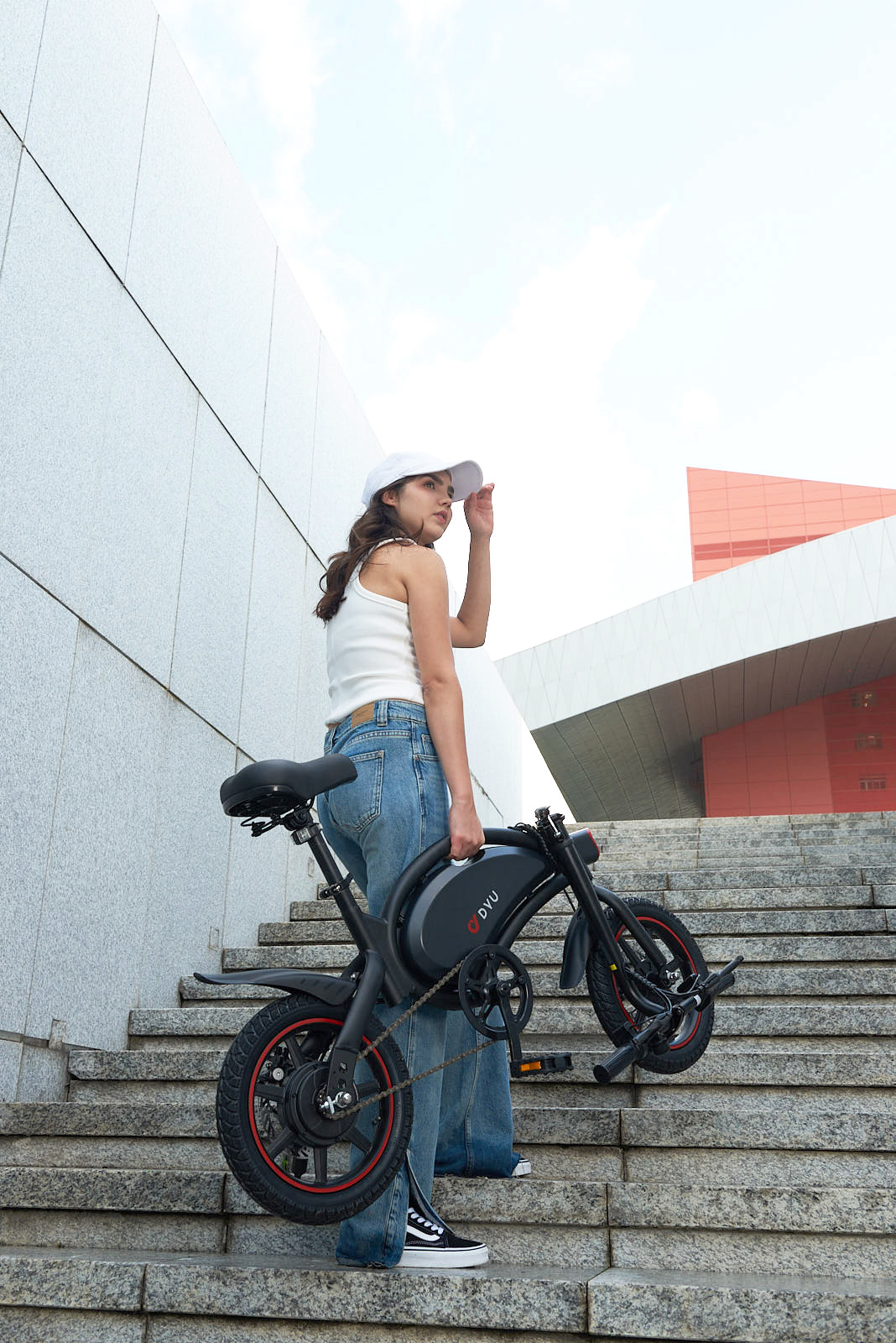
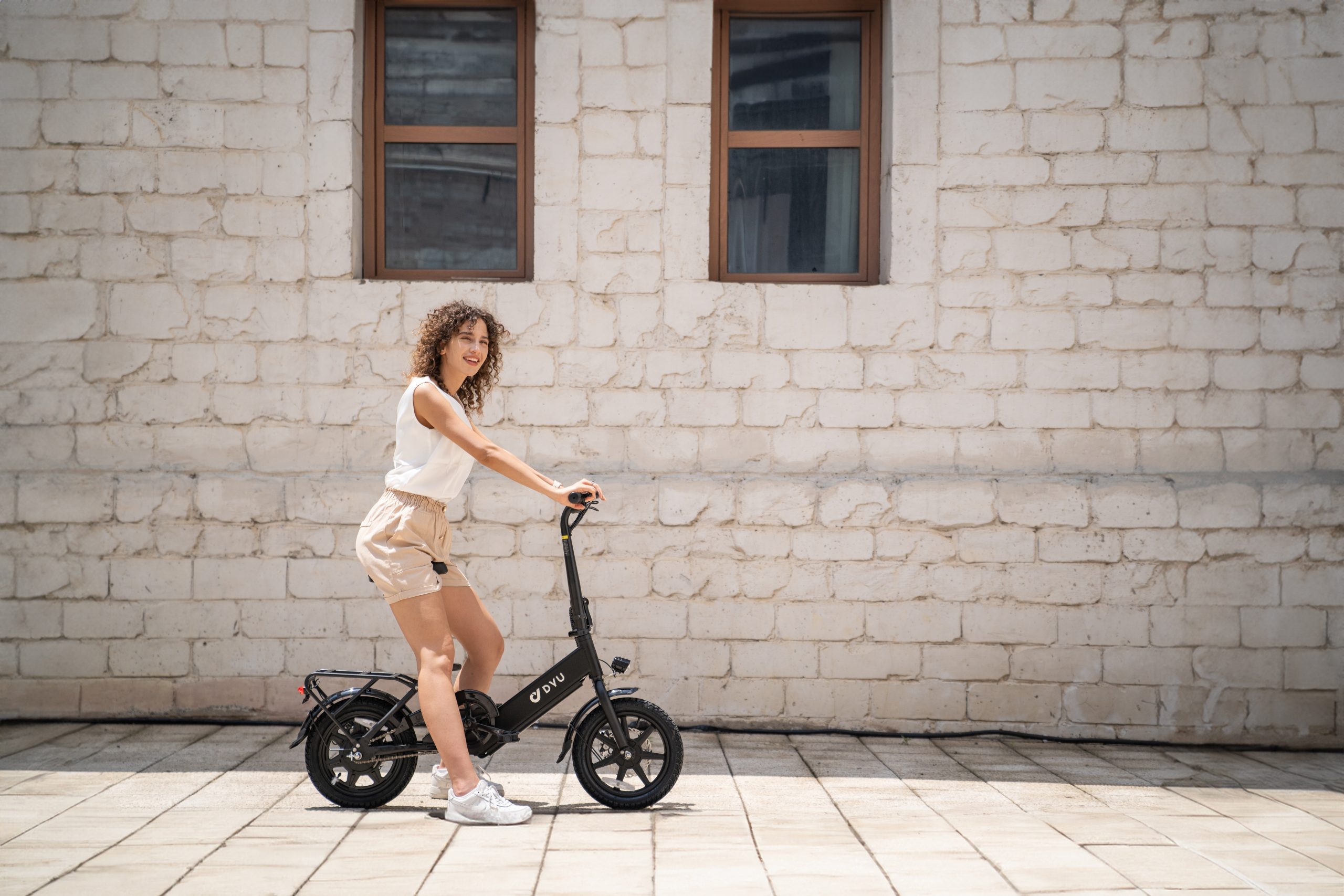
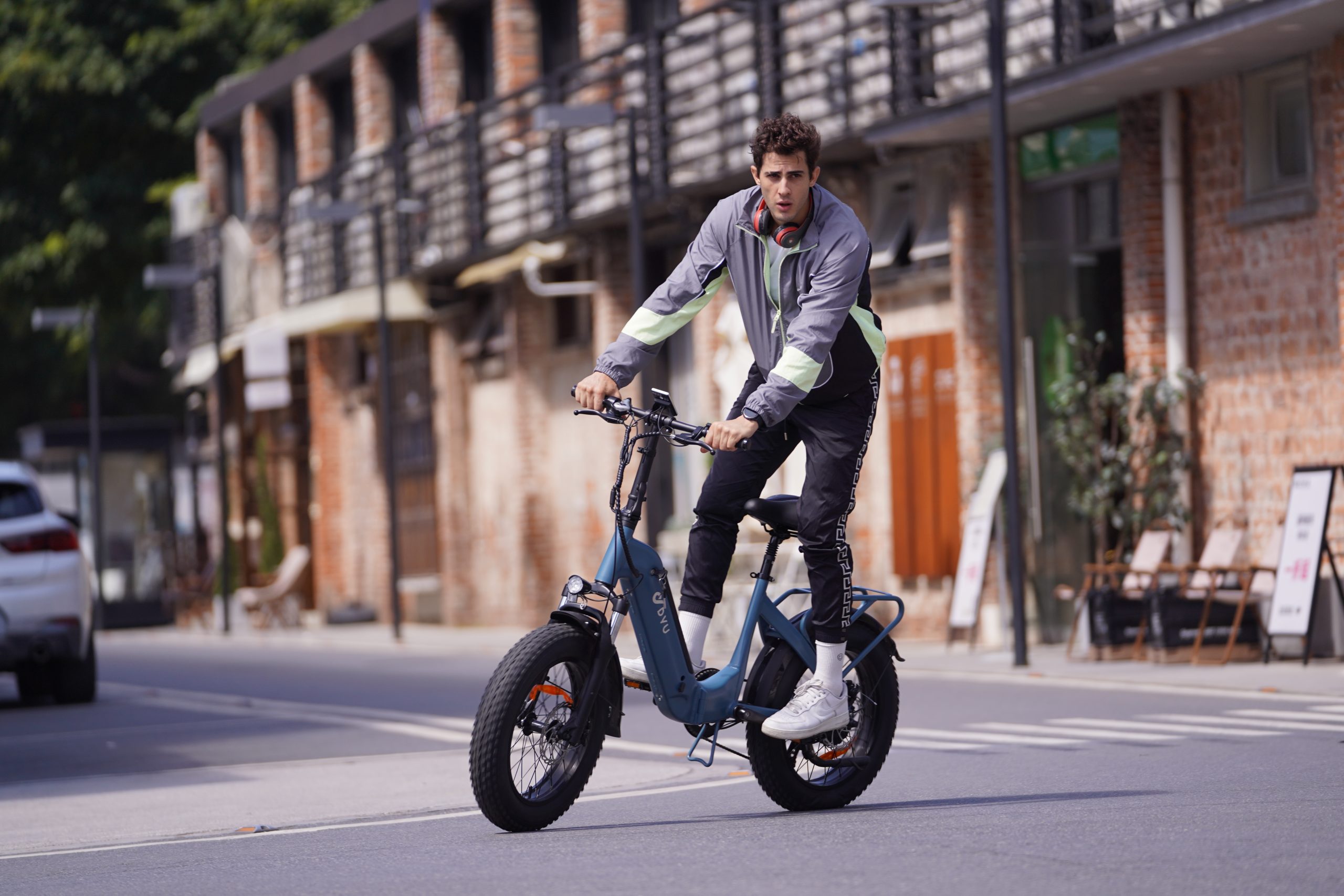

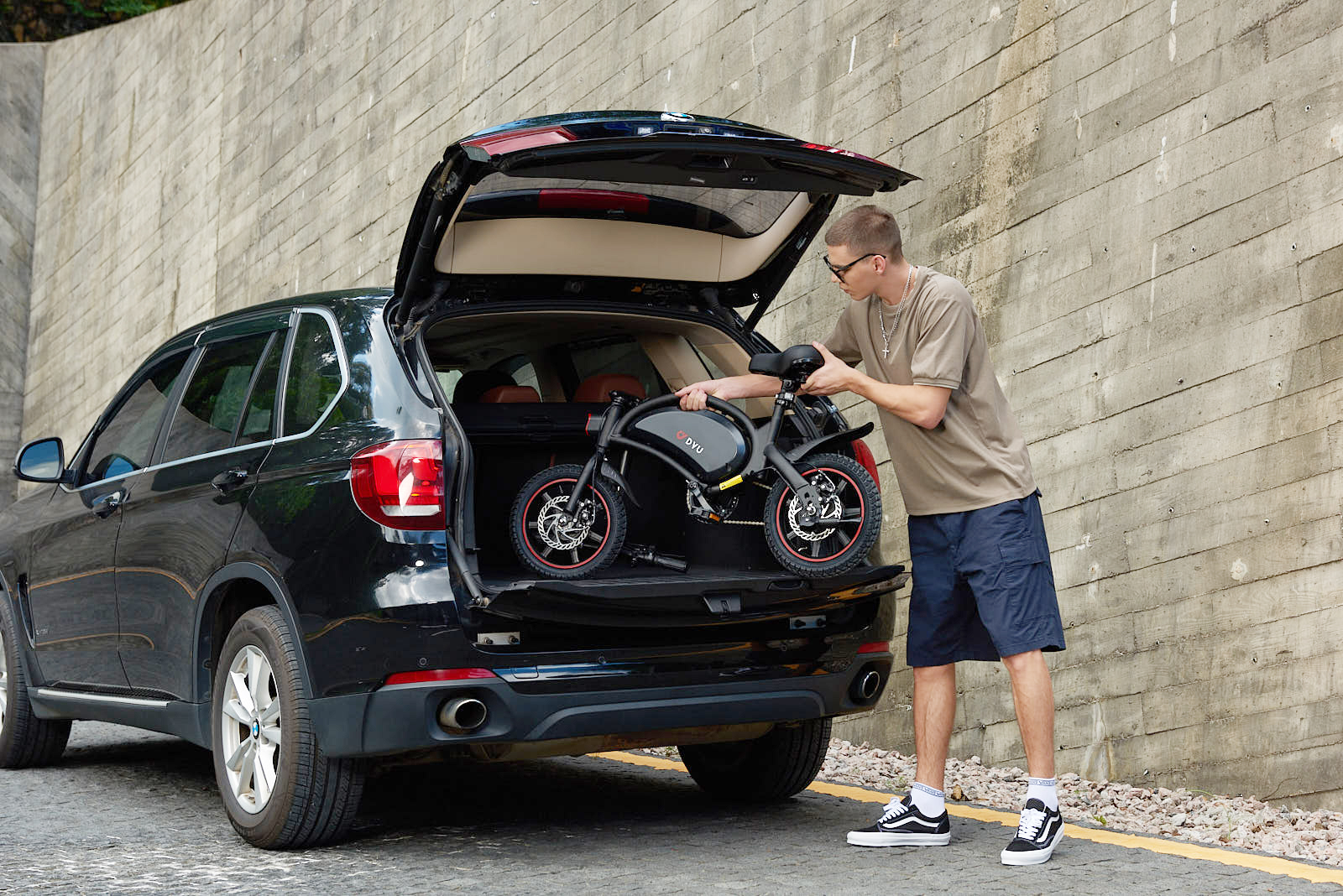
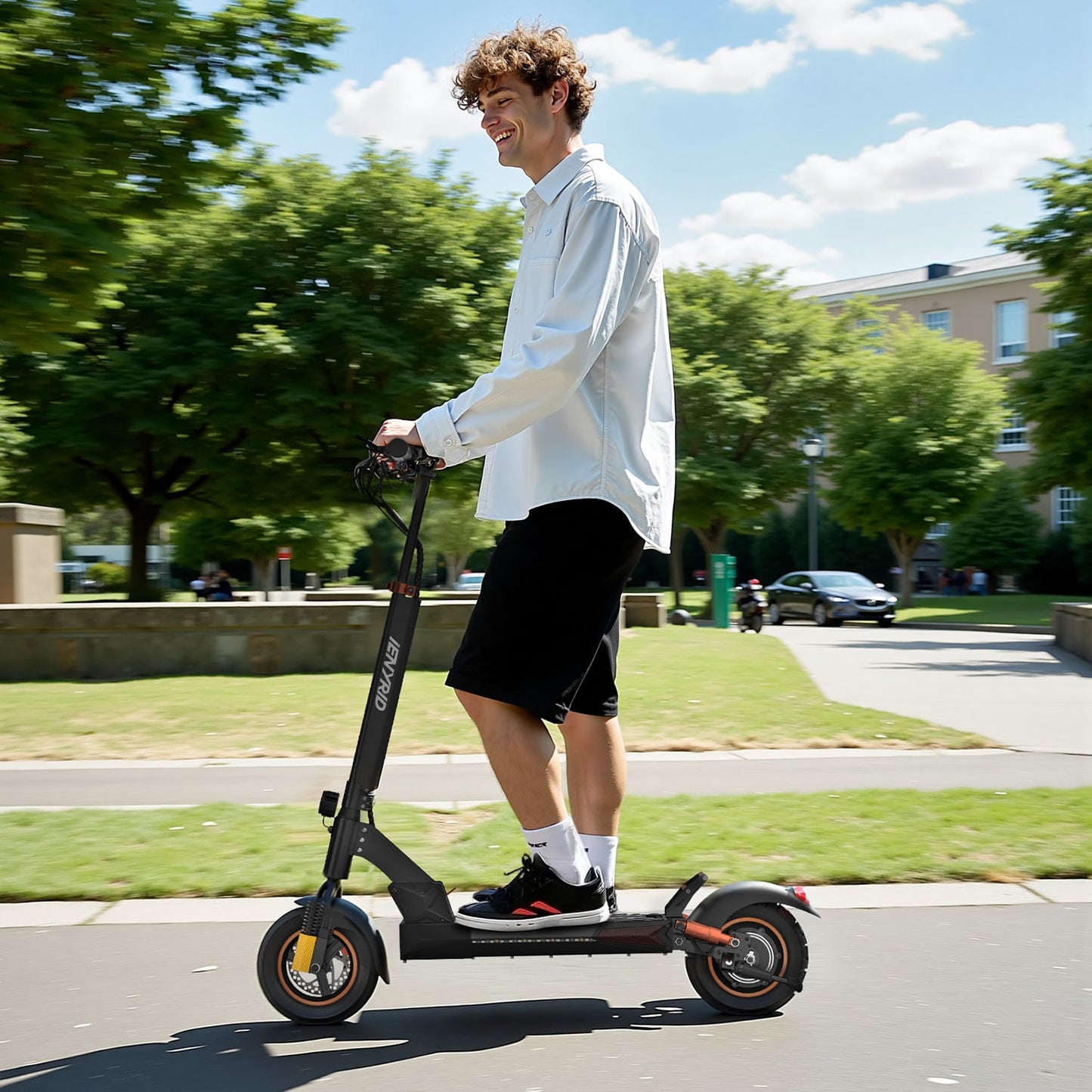
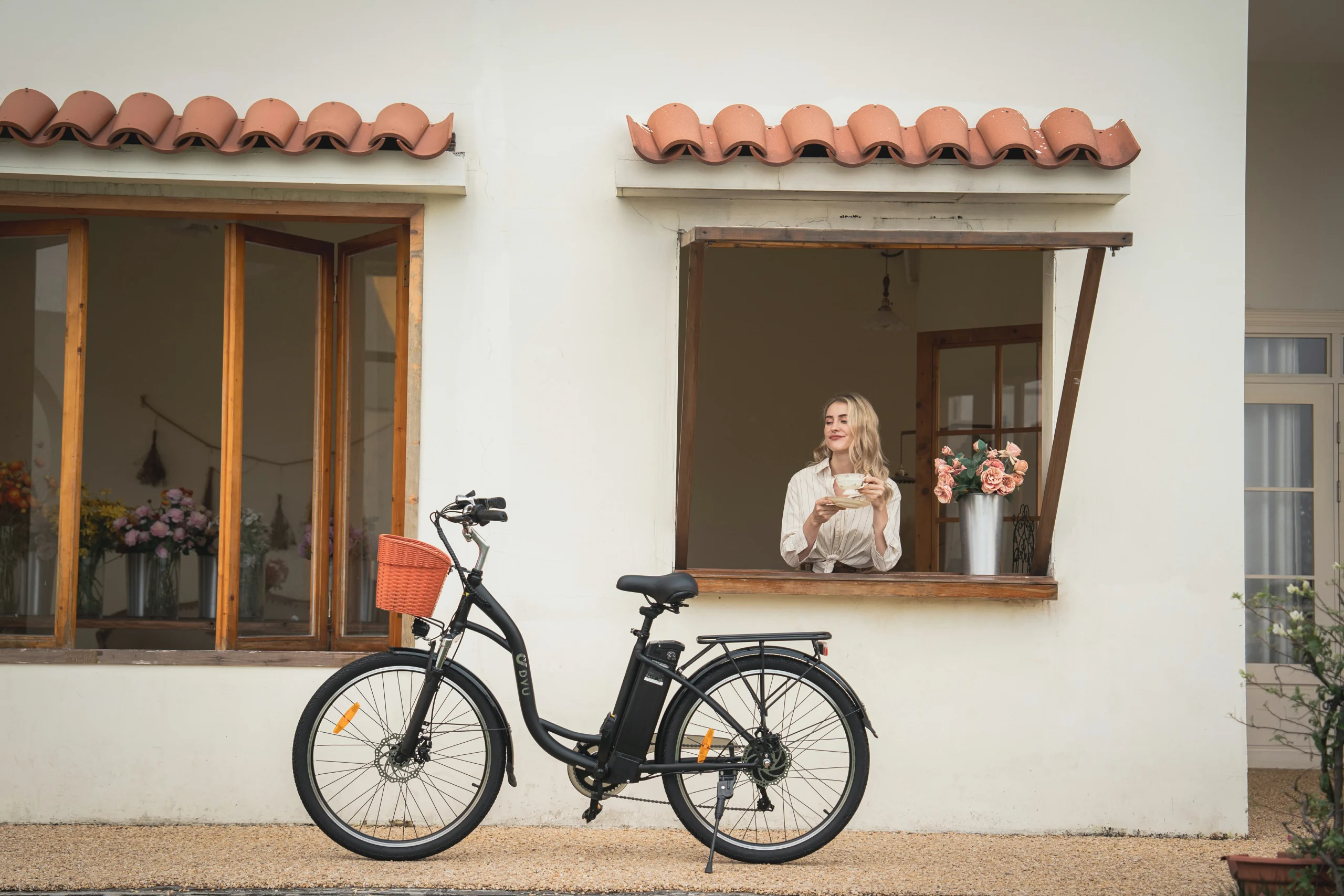

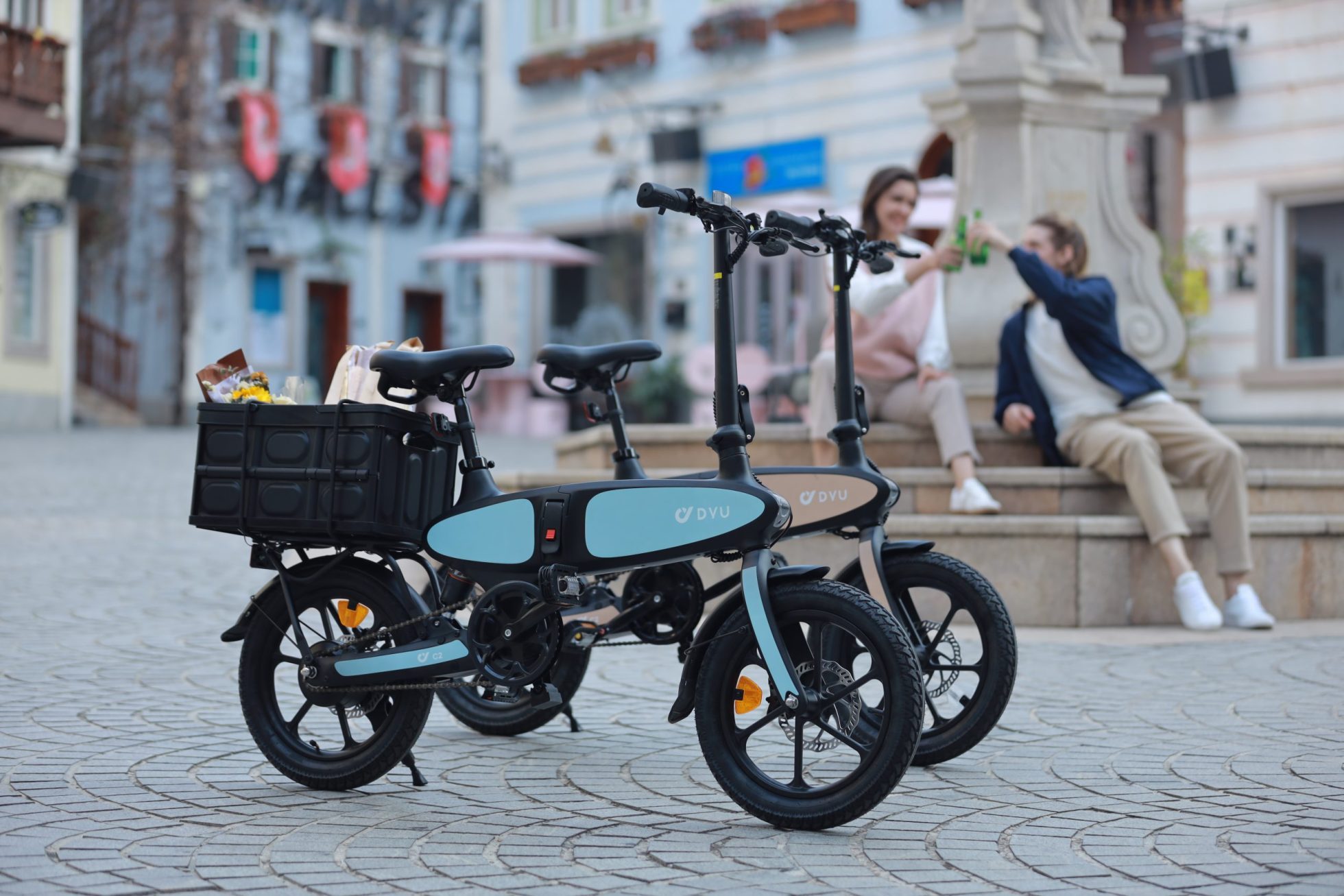
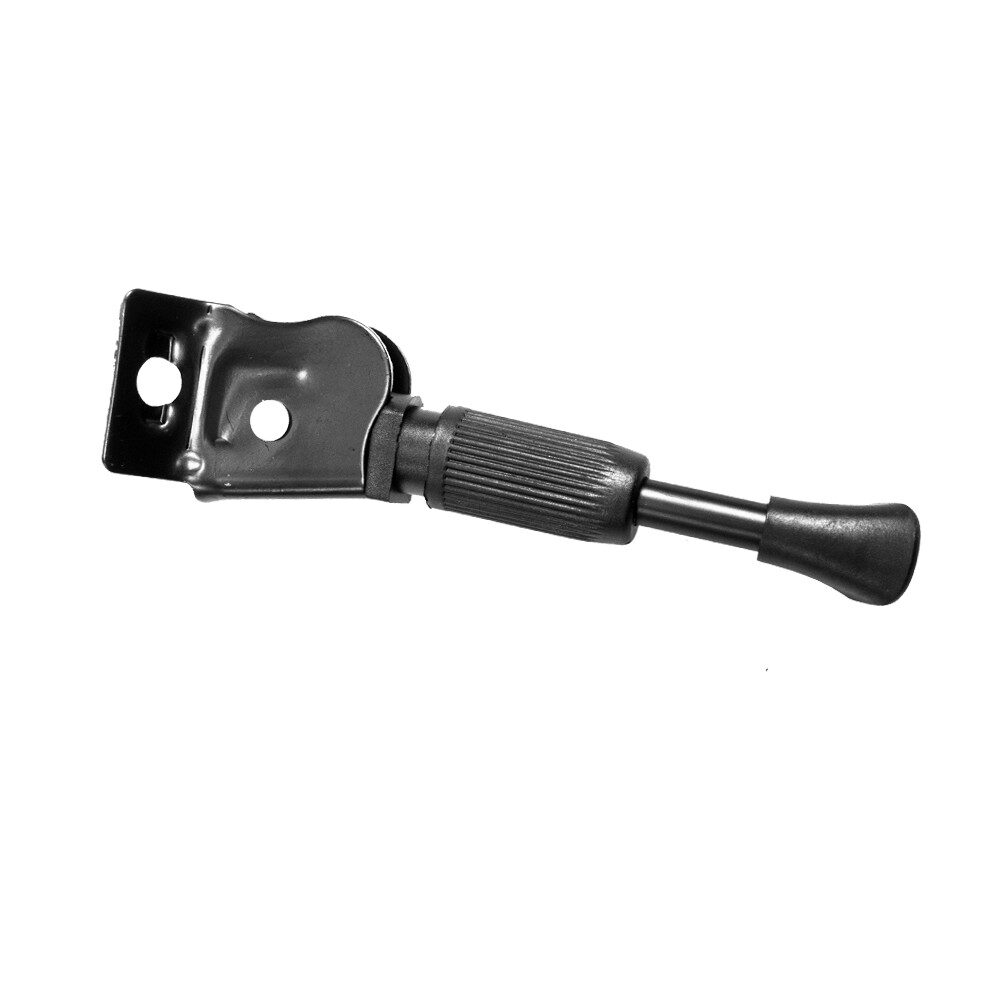
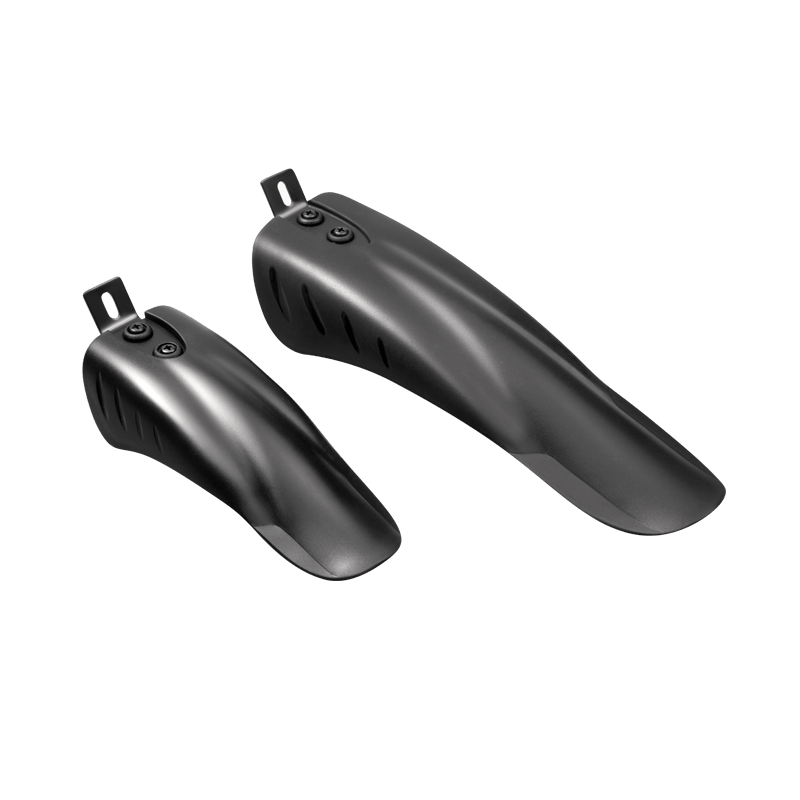
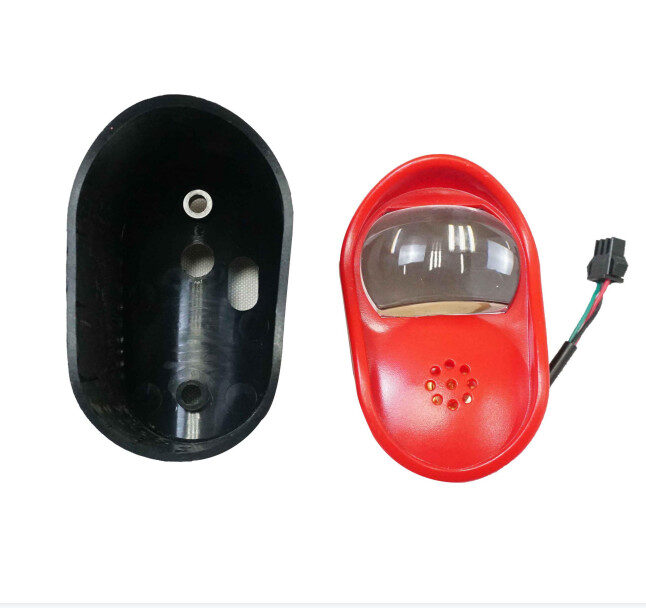
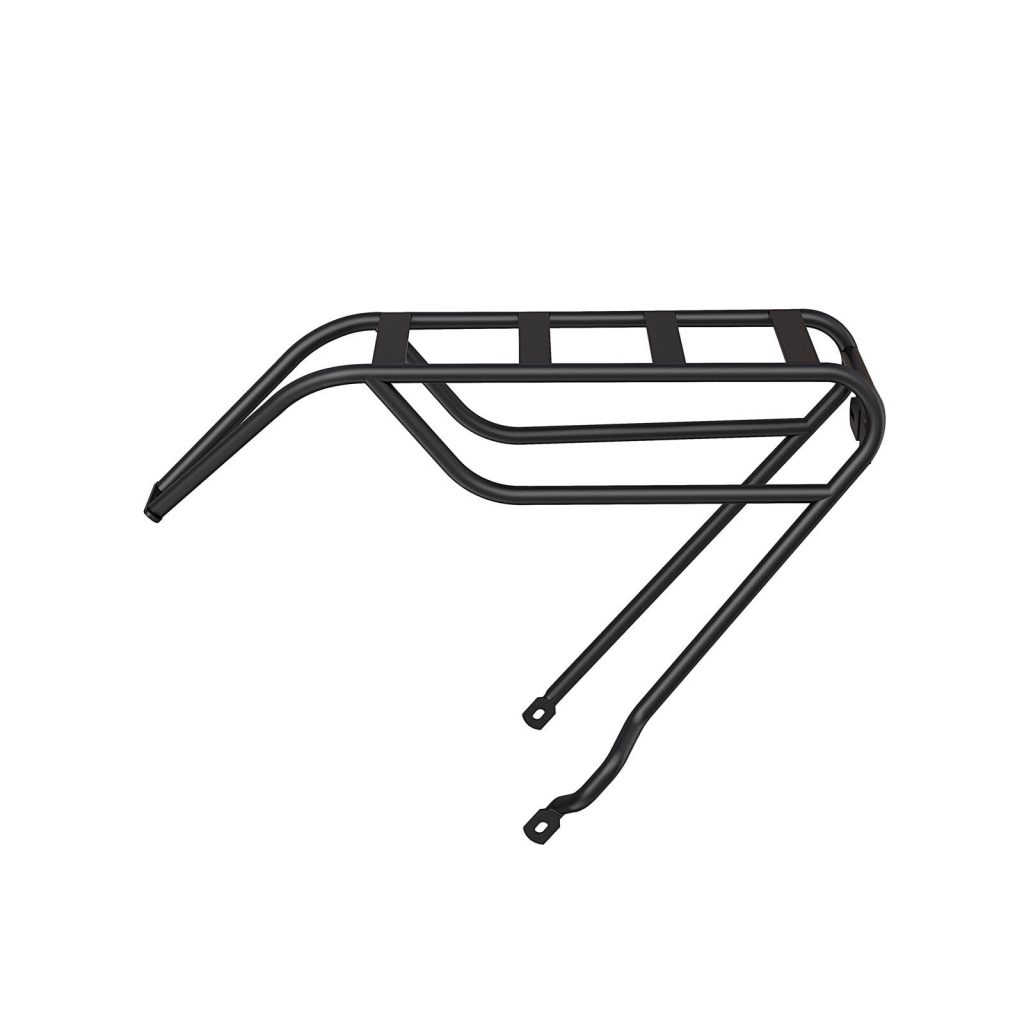
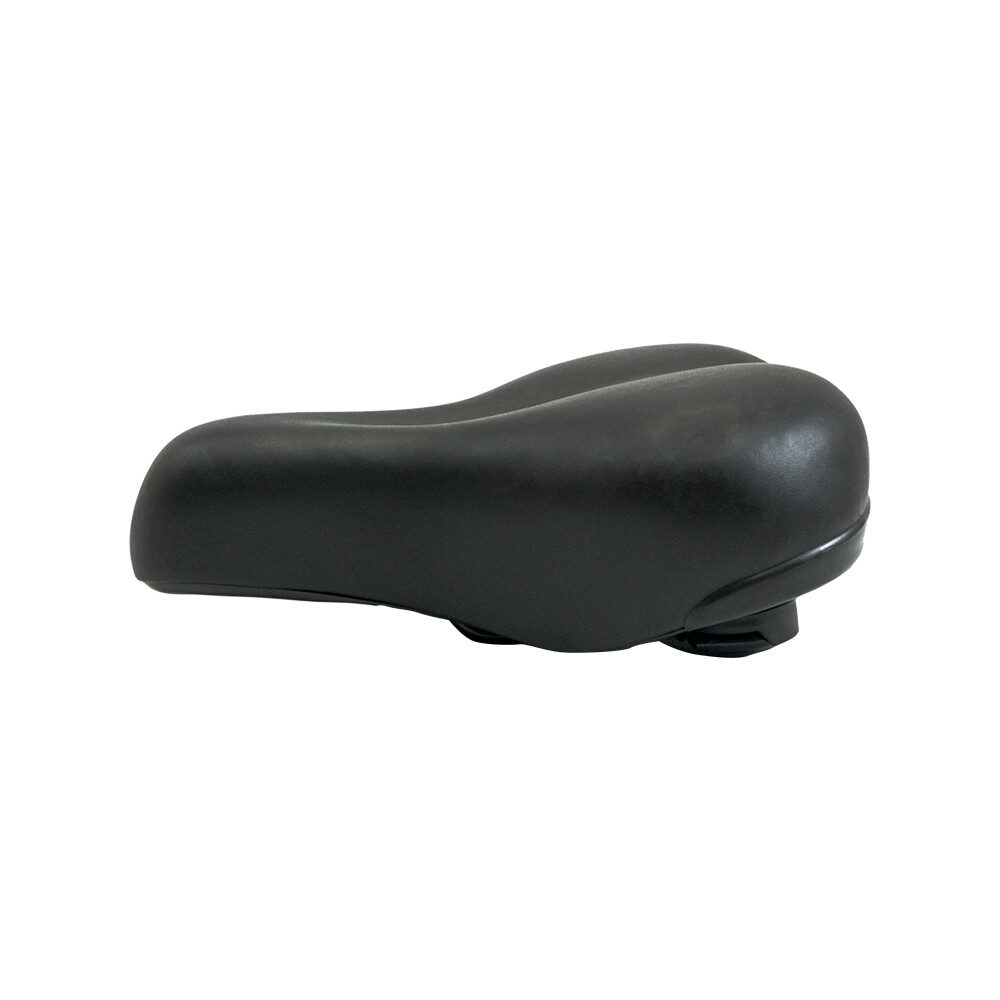
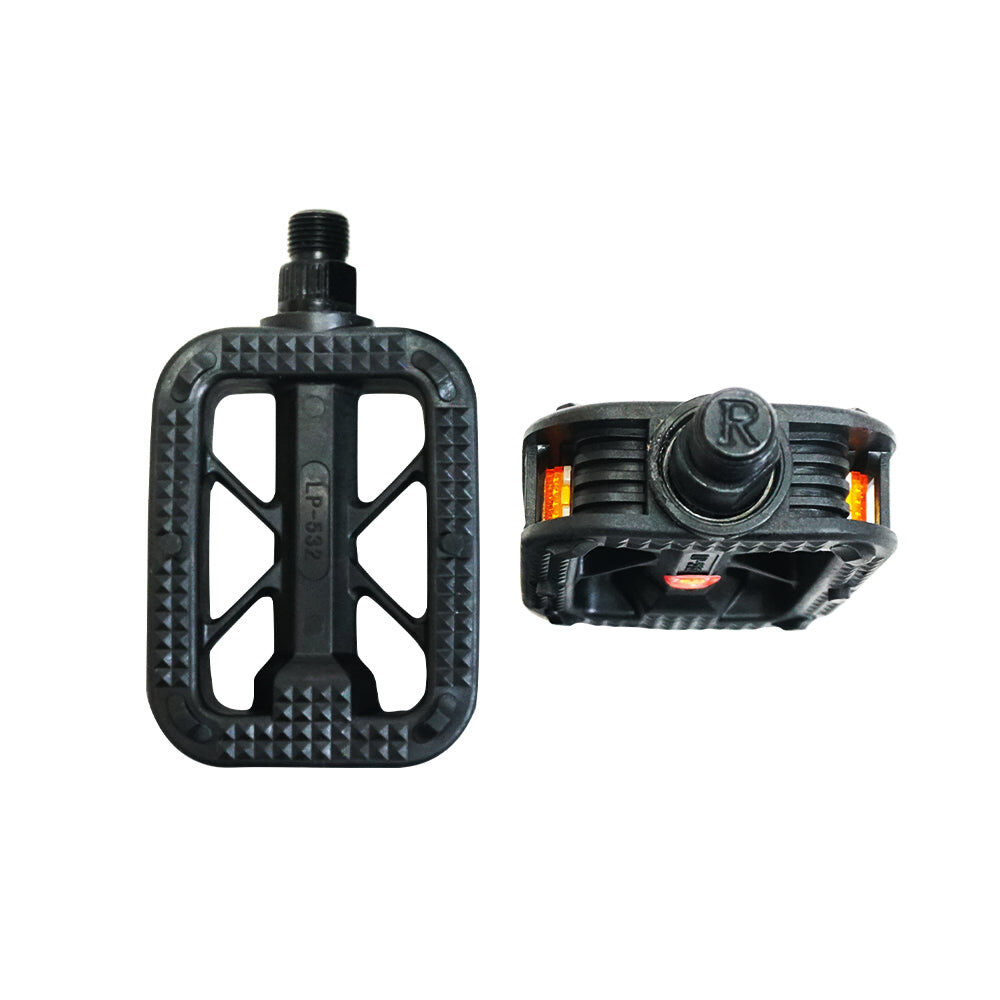
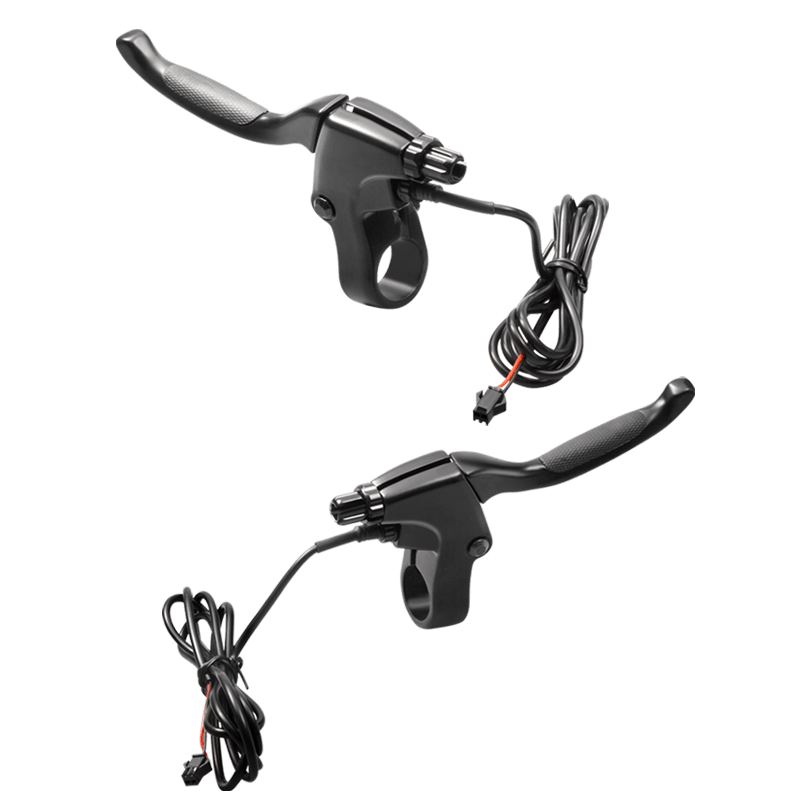
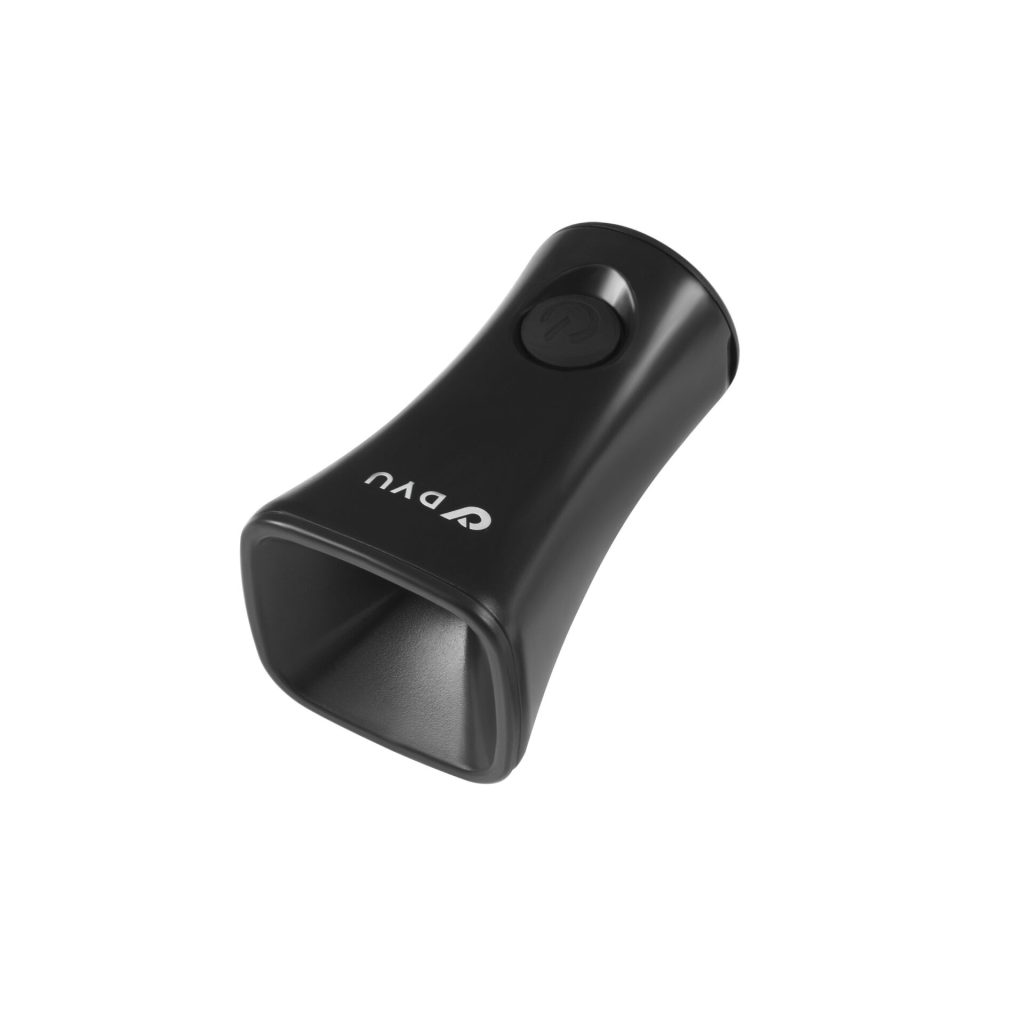

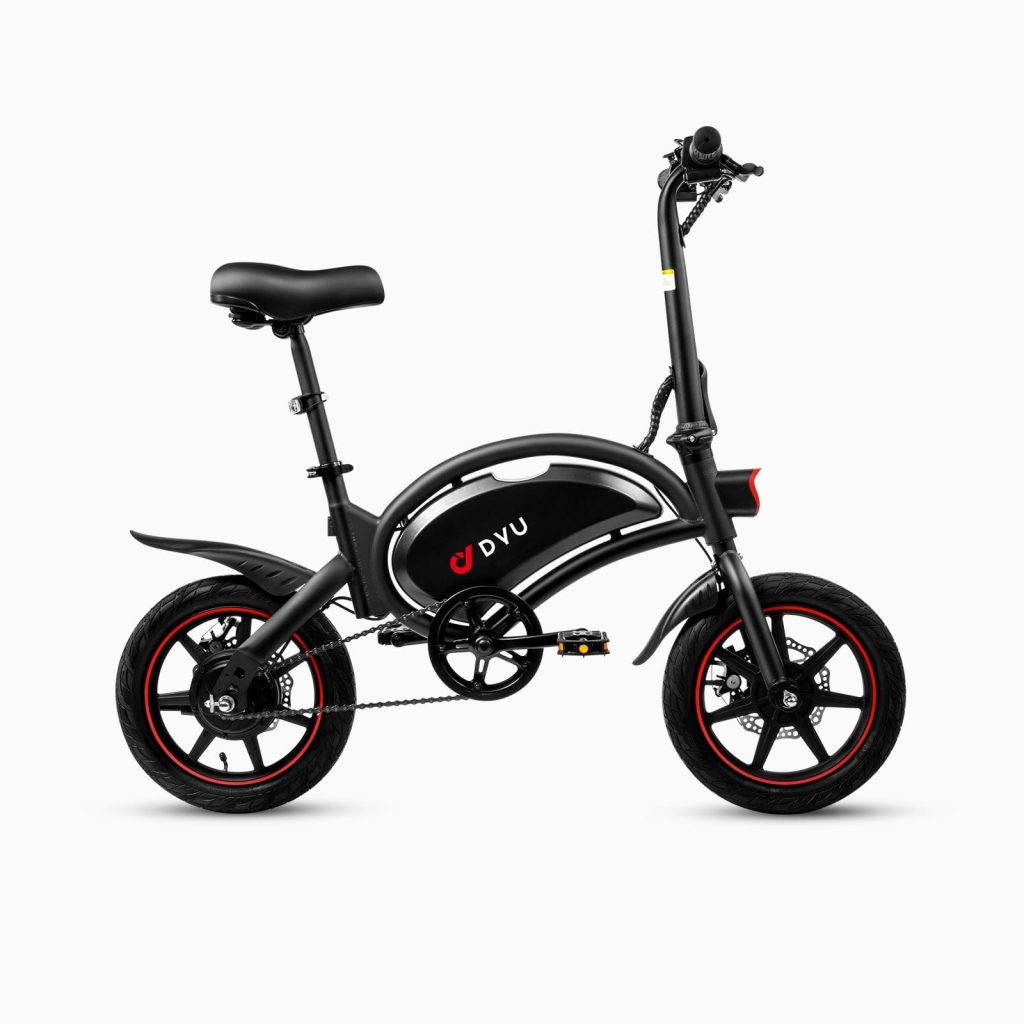
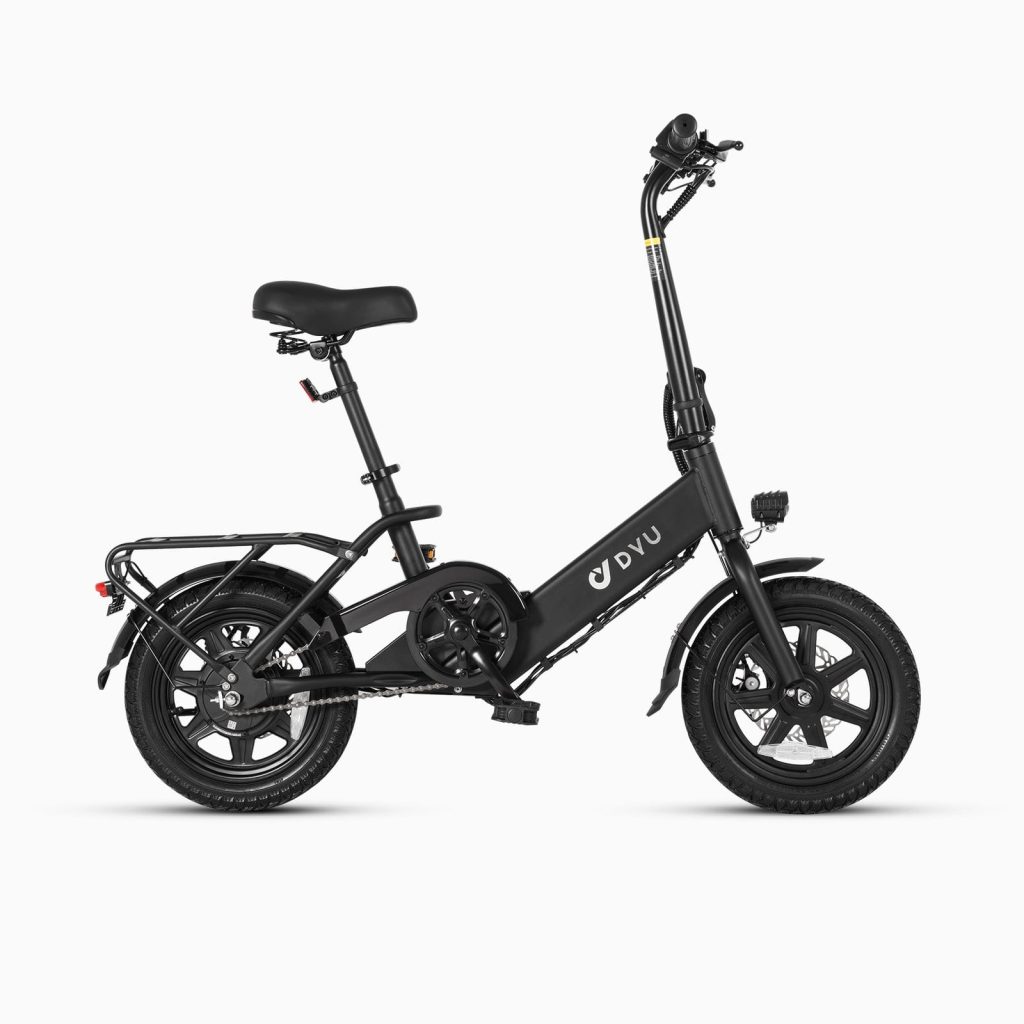
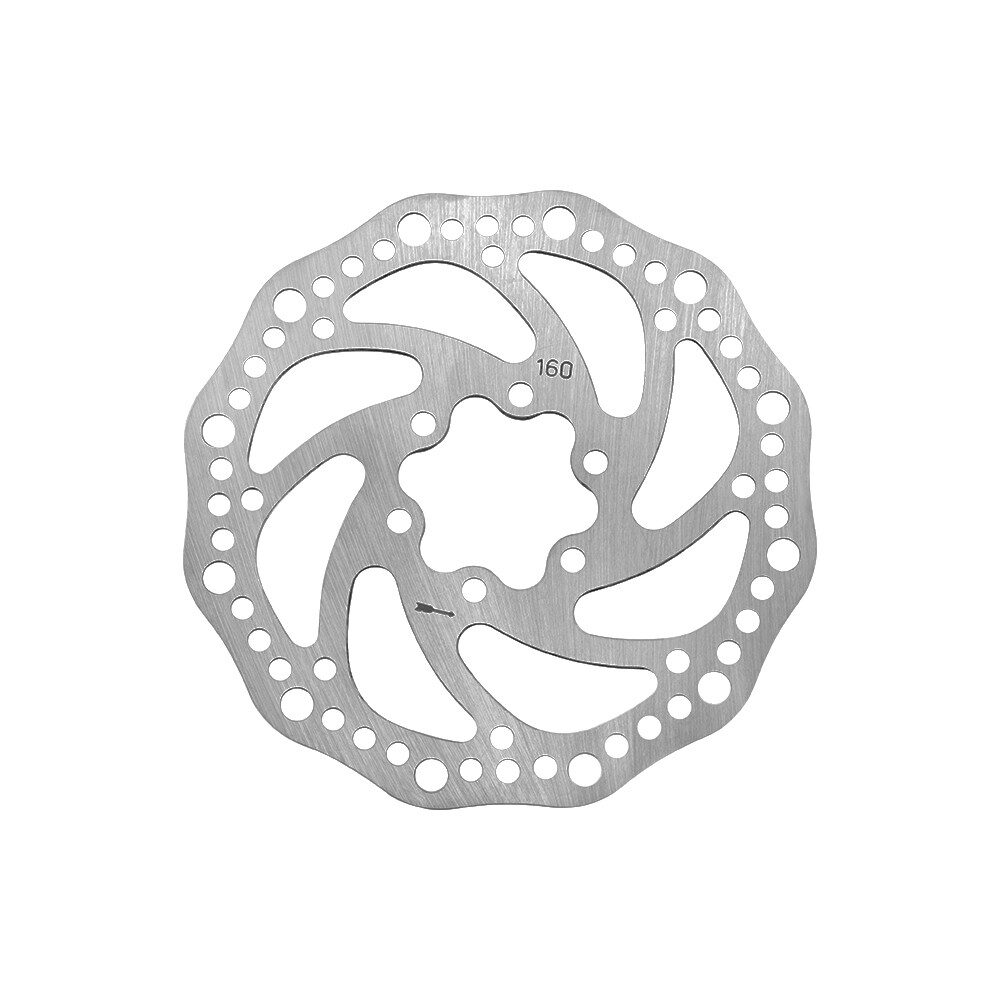
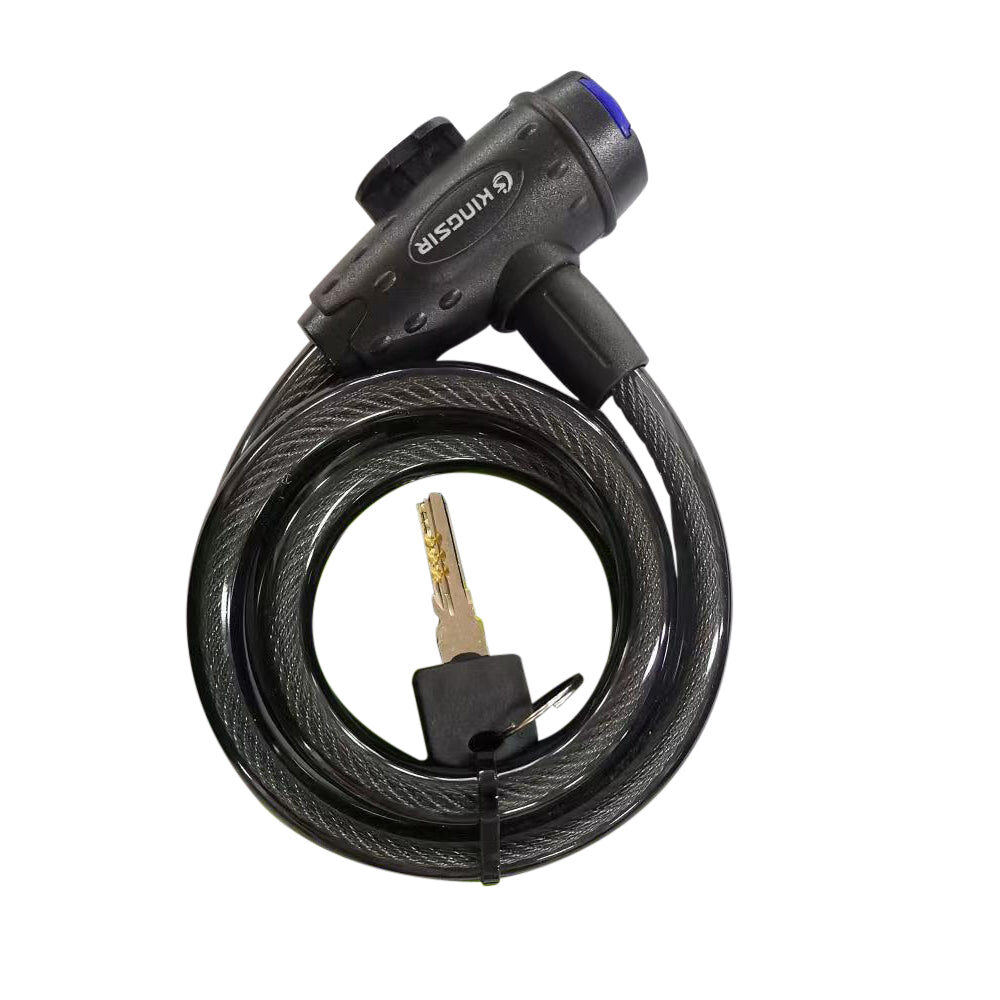

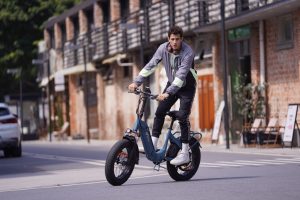

3 commenti
Regina
Perché non si parla di riciclaggio delle batterie? È importante per i motociclisti attenti all'ambiente.
Oswald
Spiegazioni chiare, ma mi piacerebbe avere più esempi reali sugli effetti della temperatura.
Blanche
Finalmente qualcuno ha chiarito i miei dubbi sulla durata della batteria! Ottimo debunking.